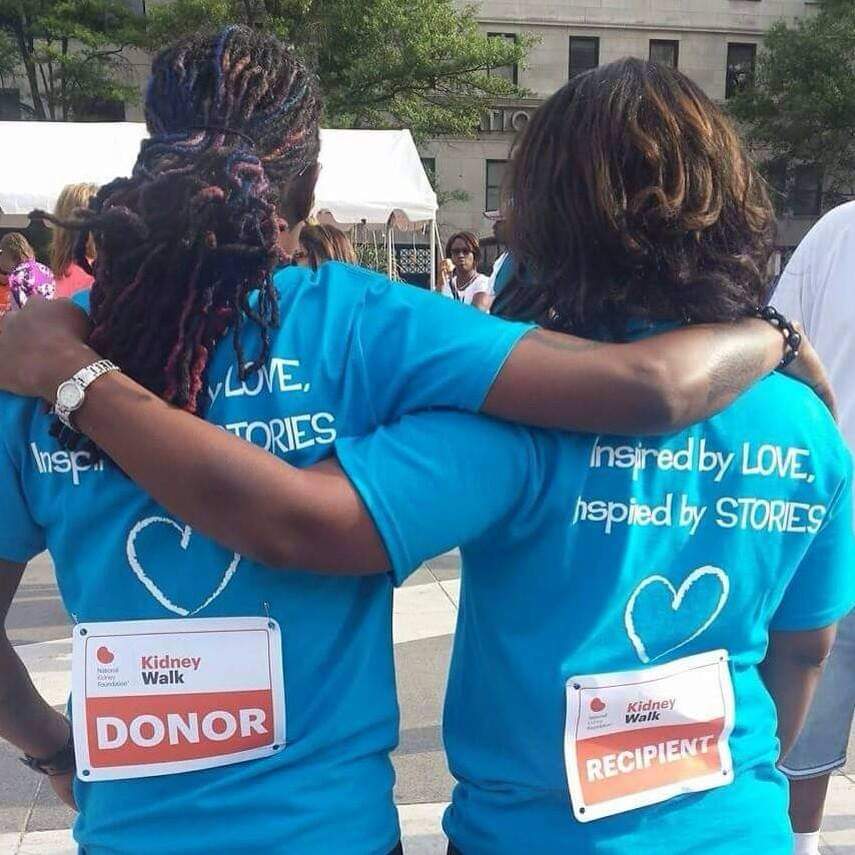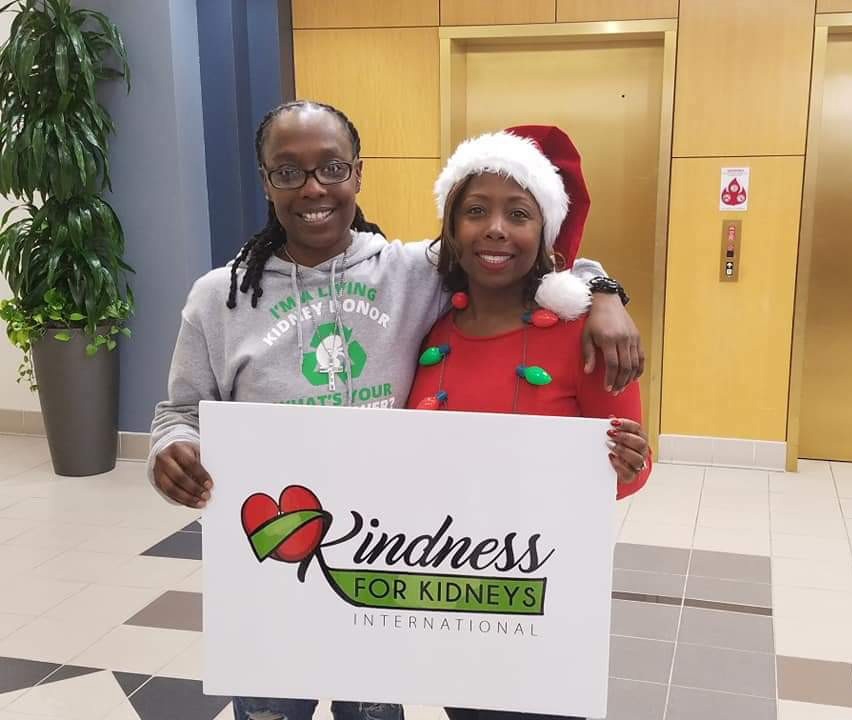For patients living with end-stage renal disease (ESRD), a kidney transplant often is the treatment of choice. To prevent graft rejection of the transplanted organ, patients are treated with lifelong immunosuppressive therapy. This standard-of-care therapy impacts the body’s immune system and can have side effects including an increased risk of infectious complications, cancer, and other drug-related toxicities.
For patients like Sharron Rouse, immunosuppressive therapy was the standard of care before and after her kidney transplant. In 2006, Sharron, a 31-year-old new mom and education professional, noticed her feet and legs were swollen, almost disfigured. She was on her feet all day and planned to call her doctor. In the meantime, Sharron sought advice from the school nurse. The nurse advised Sharron to head to the Emergency Room. Sharron wasn’t sure what was wrong, but she knew it was serious. Further testing confirmed her diagnosis; focal segmental glomerulosclerosis (FSGS), a rare disease that scars parts of the kidney. Her medical team started her on immunosuppressive therapy and monitored her kidney function. Sharron was shocked by the diagnosis, but relieved that medications would help preserve her quality of life. She also knew it was a matter of time before ESRD would mean a lifetime of dialysis or a kidney transplant. In June of 2012, Sharron wound up in the hospital with the stark message she didn’t want to hear, “Ms. Rouse, if we send you home, your kidney function is so weak, you could die.” There wasn’t much of a decision to make. Sharron started dialysis immediately and decided a kidney transplant was her best option.

— Shonte’“Well, how many kidneys do we have? Can I give you one of mine?”
She shared the news with her close-knit family. Her sister, Shonte’, jumped at the chance to help. “Well, how many kidneys do we have? Can I give you one of mine?” Shonte’ had been through a very dark period in her own life and decided donating an organ, giving her sister new life, was the purpose she needed in her life.
Shonte’ completed blood tests and HLA tissue typing. The blood types were compatible. The HLA tissue typing confirmed Sharron and Shonte’ were the six-antigen “perfect” match. Of the 100 known antigens, medical teams focus on six specific antigens to determine tissue compatibility. It is rare to find a perfect match, even among siblings. Shonte’ also endured two bone marrow biopsies, iron infusions, lab tests and more tests. Sharron wondered if she was asking too much of her sister. Shonte’ was undeterred; whatever it took to be a donor, she would do it. Finally, on December 2, 2013, after a five-hour surgery, Sharron got the kidney she desperately needed and Shonte’ fulfilled her purpose.

Transplant recovery went well for Sharron. She had a renewed energy and reclaimed her life as a Mom, wife, and professional. The past six years were a long journey learning to live with a debilitating condition, not knowing what the future held. The kidney transplant has come with its own set of challenges. Sharron works with her medical team to counteract the side effects from immunosuppressant therapy. The therapy, while not ideal, remains the standard of care until there is a better option for kidney transplant patients.
The transplant was successful on all fronts, but it was not enough for Sharron and Shonte’ to get back to their lives. They vowed to do more, creating “Kindness for Kidneys International, Inc., a non-profit committed to educating, encouraging and empowering kidney warriors and their families. This dynamic duo uses their hard-won experience to make a difference for others. Their mantra, “Organ donation truly is the gift that keeps on giving.”